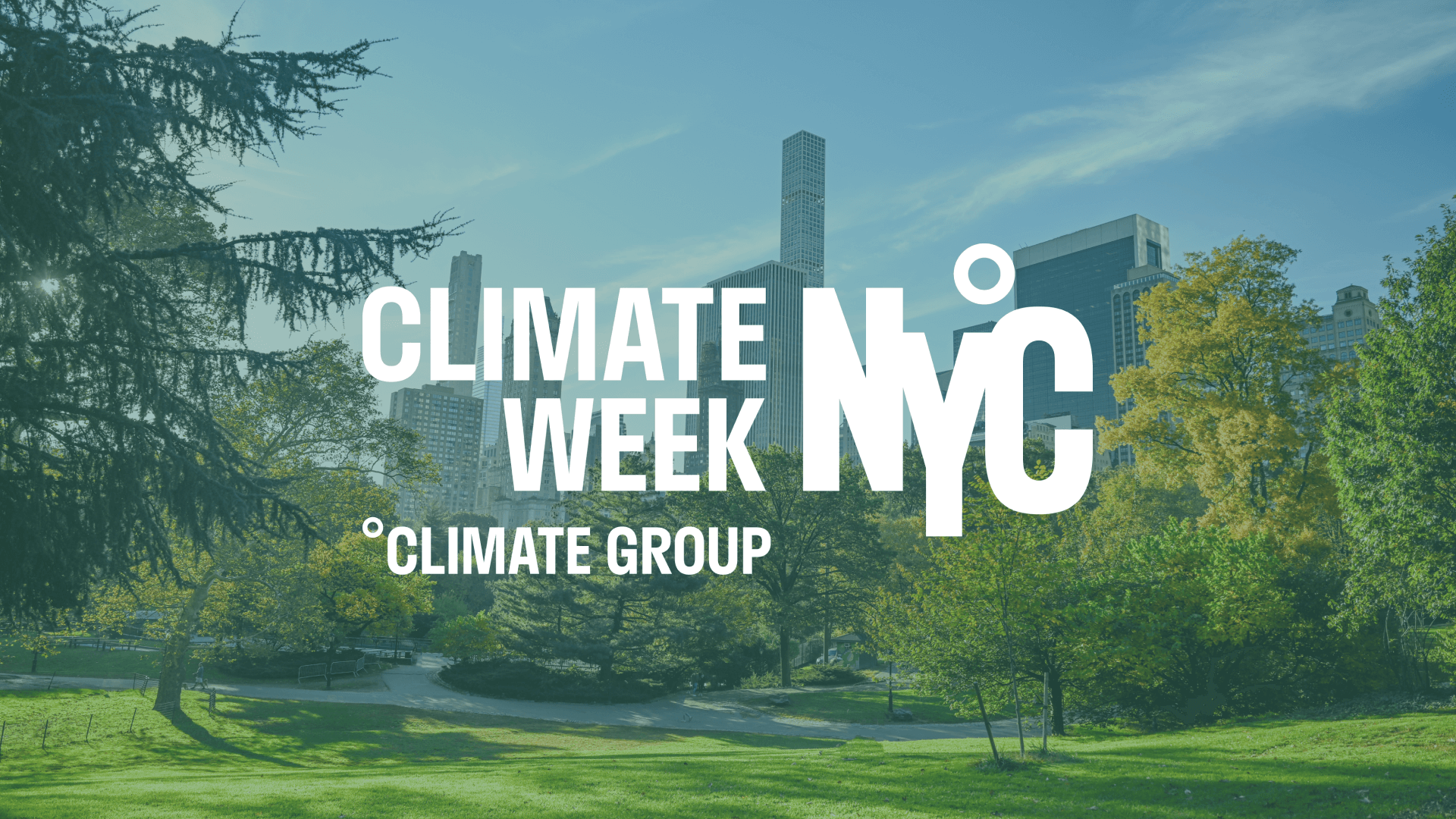
The aviation industry has started responding to increased pressure from consumers and governments to slash carbon emissions. In October 2021, at the International Air Transport Association (IATA) General Assembly in Boston, global airlines committed to net-zero aviation by 2050. Meanwhile, in February 2022, the UN’s International Civil Aviation Organization (ICAO) finalized its own net-zero roadmap while simultaneously debating a separate but related issue: efforts to revive supersonic transport aircraft (SSTs). We believe that the ICAO should focus on proven methods for reducing the climate impacts of aviation, rather than using valuable time and funding to explore supersonics.
Not only are the twin goals of zero-emission aviation and supersonic aircraft nearly impossible to reconcile, supersonics pose a threat of an outsized emissions impact with questionable benefits.
Flying faster than the speed of sound is inherently energy-intensive, in part because supersonics use powerful, narrow engines to produce the high thrust needed to break the sound barrier. Due to this, supersonics burn an astonishing amount of fuel—between four and nine times more fuel per seat kilometer than subsonics (which account for all aircraft currently in commercial operation), according to an MIT report for NASA.
SAFs and supersonics: not a viable solution
Nonetheless, proponents of supersonics argue that sustainable aviation fuels (SAFs) can help reduce the emissions produced by SSTs. SAFs can be used in today’s aircraft at up to 50% blends and are energy-dense enough to power long-haul and high-speed flights. But SAFs remain expensive — two to five times that of fossil jet fuel — and rare, comprising only 0.05% of the global jet fuel supply in 2020. Additionally, SAFs generated from edible crops can drive tropical deforestation when new land is cultivated to replace lost food.
A recent study by the International Council on Clean Transportation (ICCT), a ClimateWorks Foundation grantee, explores whether SAFs can help reconcile the twin goals of zero-emission aviation and supersonic aircraft. Supported by the Aspen Institute and MIT’s Laboratory for Aviation and the Environment (LAE), the study models the economics, operations, and emissions of new supersonic aircraft operated on both a conventional “Jet A” fossil fuel and a synthetic “e-kerosene” generated from renewable electricity.
The ICCT/MIT report concludes that using SAFs in supersonics is not a viable solution. As a member of the International Coalition for Sustainable Aviation (ICSA), a network of NGOs representing civil society at ICAO, ICCT believes that SSTs should meet the same noise, air pollution, and CO2 standards as subsonic aircraft.
This approach will help ensure there is no net increase in noise or emissions due to the reintroduction of supersonic aircraft and is consistent with the industry’s goal of net-zero emissions by 2050. Notably, ICAO has begun to heed that call, moving at its most recent meeting to require supersonic aircraft to meet the same airport noise standards as today’s subsonic aircraft.
Philanthropy can help put aviation on a net-zero trajectory
ClimateWorks Foundation has been a strong supporter of ICCT and other ICSA members for over a decade. In addition to supporting ICAO research and engagement, ClimateWorks and our partners are working to put the aviation industry on a trajectory for net-zero emissions by 2050 by directing investments toward truly sustainable flights, reducing travel, and increasing supply while decreasing the cost of new fuels and technologies. The philanthropic community can advocate for these solutions over supersonic aircraft development, through the following approaches:
- International levers: Continued support for advocacy to the International Civil Aviation Organization’s (ICAO) environmental committee, while pursuing national-level action on the reduction of aviation emissions.
- Domestic levers: Advocacy for national, sub-national, and regional policies to curb aviation emissions, such as ReFuel EU, are key in driving near-team action and momentum towards greater international commitments.
- Demand levers: Doubling efforts to curb and manage the demand side of aviation through efforts such as corporate engagement to lower their flying footprint is another key pillar to support a race to decarbonize the aviation sector.
To learn more about this work, explore the International Council on Clean Transportation’s study and follow along as ClimateWorks continues to expand our aviation portfolio.
Blog updated on July 6th, 2022 to reflect ongoing research on supersonic emissions at ICAO.


